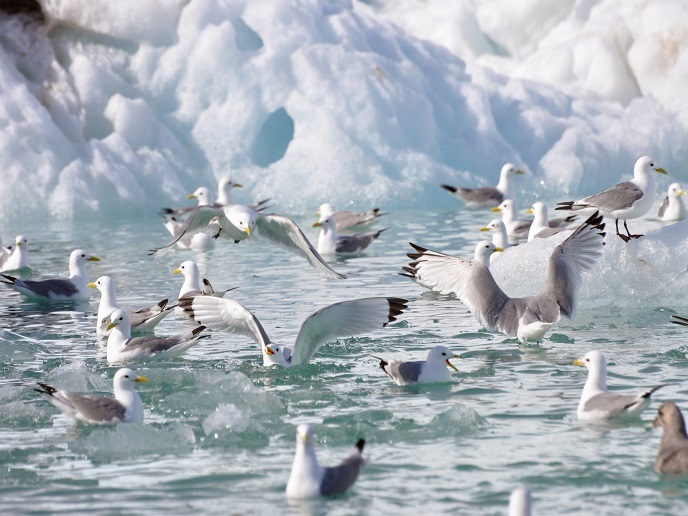Monitoring coastal regions through the behaviour sand hoppers
Europe's beautiful Mediterranean coasts are under pressure from tourism development and other forms of economic activity. However, this region is one of the most biologically diverse in the world and needs to be protected for future generations. The MEDCORE project monitored changes to these coastal regions and their ecosystems in order to develop a series of indicators that can give advanced warning of environmental degradation. MEDCORE partners from the University of Florence studied variations in the behaviour sand hoppers. These little creatures are found on beaches and the fringes of coastal environments, such as lagoons and river mouths. Changes in their behaviour can be used to determine whether a beach ecosystem is starting to become degraded. Scientists studied behavioural patterns that were simple to record during field work and could be controlled under laboratory conditions. This included the position of sand hoppers in dry or wet substrates and their daily activity rhythms. The creatures' ability to rapidly adapt to the new environment when they are relocated from the shoreline to the drier upper beach, which is one of the most important survival skills. The level of variation within each sampled sand hopper population was also studied. This involved comparing samples taken during different times of the year and from different populations and species of sand hoppers. Background data from study sites gathered by other project partners was used to achieve a clearer picture of the behaviour of sand hoppers. From their adaptive behaviour the suitability of the selected study sites could be assessed. This technique was more effective than estimates of environmental variables, which can be strongly influenced by changes in the climateand from season to season. The results were compiled into a database for comparative studies of those coastal regions of the Mediterranean, Eastern Atlantic and Baltic Sea, where the same species of sand hoppers live. The monitoring programme has now been applied to other related species of sand hoppers in Chile and Uruguay.







